Restorations - Debate rages over whether to demolish former John Lewis in Sheffield
and live on Freeview channel 276
Robert Hill believes it is better to flatten the Barker’s Pool shop while Heart of the City II is under construction due to the disruption, mess and potential structural problems it could cause.
Mr Hill is the owner of the Salvation Army Citadel on Cross Burgess Street.
WHAT ARE THE RISKS OF DEMOLITION?
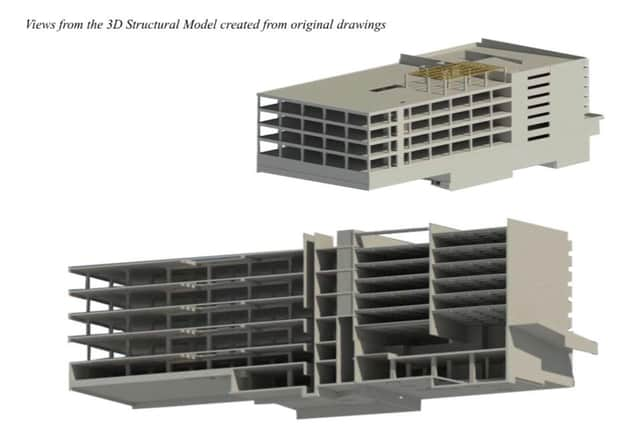

Advertisement
Hide AdAdvertisement
Hide AdIt adjoined the Yorkshireman Rock Bar - until the boozer was torn down this week because it was structurally unsafe.
The pub was next to Barker’s Pool House on Burgess Street which has just been demolished to make way for a new hotel as part of the city centre redevelopment. The former John Lewis is on the other side of the road.
The pub, built in 1790, was not in the Heart of the City scheme.
Officials approved an Emergency Demolition Order ‘due to major unforeseeable structural concerns’ and two weeks later it was gone.
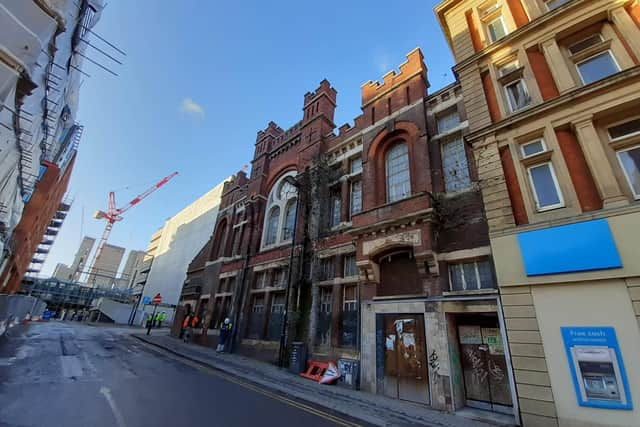

WHAT OTHER NEW BUILDINGS ARE NEAR JOHN LEWIS?
Advertisement
Hide AdAdvertisement
Hide AdJohn Lewis is also opposite a new building under construction on Cross Burgess Street, and new and restored buildings on Cambridge Street, including historic and listed Leah’s Yard.
If the John Lewis building is demolished it will be a huge project that could affect them all, Mr Hill said.
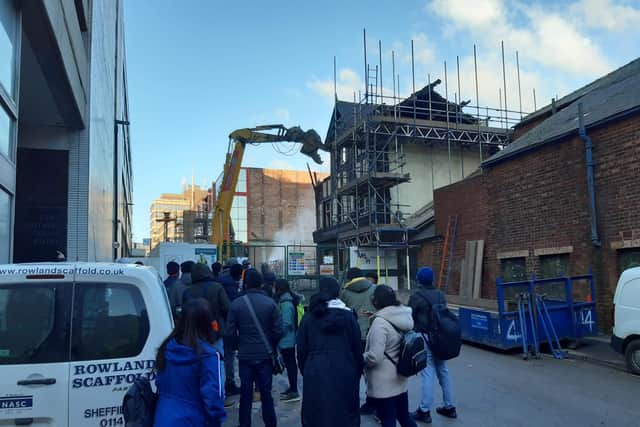

He added: “I think it should be pulled down now and replaced with something more in keeping with the city centre.
“This is a fantastic opportunity to create something very special in the middle of the city. If you leave it and pull it down in 20 or 30 years it’s going to cause huge problems.
Advertisement
Hide AdAdvertisement
Hide Ad“It will be full of asbestos and it’ll be very difficult trying to demolish it without affecting the new buildings.
“It makes sense, while they’re doing all this other work all around it, to do it now.”
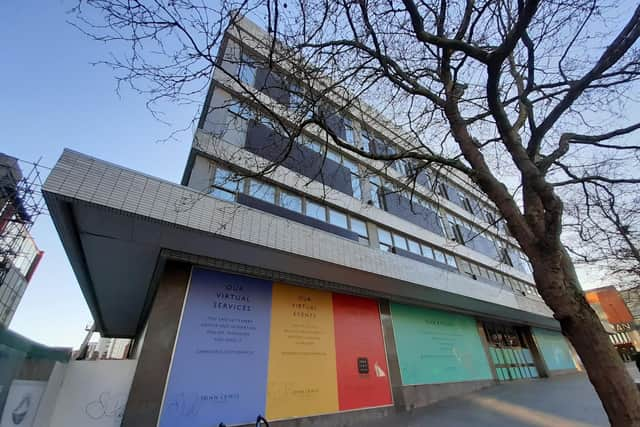

Debate has been raging about the future of the building since it closed last year, with the loss of 299 jobs.
Sheffield City Council is the owner and has just launched a major consultation on the future of the city centre.
Advertisement
Hide AdAdvertisement
Hide AdBut it has yet to say whether it wants to demolish the former department store.
Instead, it has laid out three broad options: retain and reuse the existing building - at a cost of up to £70m - demolish and create a large public space, or demolish and create a public space with a smaller building.
A major consideration is the carbon cost – and here, opinions differ.
WHO THINKS REPLACING THE BUILDING WOULD BE GREENER?
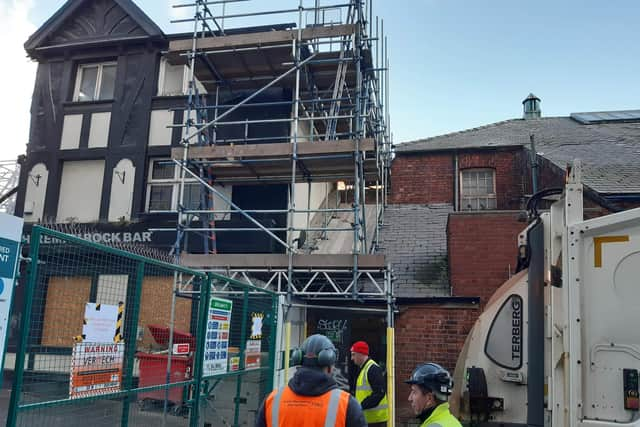

A report by the council’s development partner Queensberry states the option of REPLACE, utilising a building smaller than the existing building, performs better than a REUSE option.
Advertisement
Hide AdAdvertisement
Hide Ad‘There are many reasons for this mainly that the REUSE option still has to perform a large intervention to create a building that is fit for a future purpose.
‘Not surprisingly the REMOVE option and replacing with a new public green park performs the best in terms of carbon emissions’.
WHO THINKS KEEPING IT WOULD BE GREENER?
Danielle Abbey, PhD student at the University of Sheffield has written an article stating that reusing the building would reduce the amount of carbon emitted through the extraction and production of new materials and transporting them to the site.
It states: ‘Though outdated in appearance, the building has large floor-to-ceiling heights making it adaptable and a great candidate for refurbishment, rather than demolition and rebuild. This would reduce the amount of carbon emitted through both the extraction and production of new materials. These emissions are known as embodied carbon and have been ignored on too many occasions in order to justify the demolition of existing buildings.
Advertisement
Hide AdAdvertisement
Hide Ad‘The UK construction industry is still using carbon intensive materials such as concrete and steel, meaning that if the building were to be demolished and replaced, a similar amount of carbon would likely be emitted in the rebuild.
‘Over 4,300 tonnes of carbon were released in the production of the superstructure’s materials. This is equivalent to over 4,000 flights from London to New York showing that even if only the structure is retained, significant amounts of carbon can be saved.
‘Saving the structure of a building is particularly important, as generally it accounts for the largest proportion of embodied carbon.
‘If all exterior cladding was removed the appearance could be completely changed and the building modernised while still reducing the carbon footprint of the project.
Advertisement
Hide AdAdvertisement
Hide Ad‘The carbon emissions released during material production are not the only ones that would be prevented if the structure was retained.
‘According to estimates provided by the Institution of Structural Engineers, transporting the replacement materials would emit a further 90 tonnes of carbon, even if locally manufactured.
‘By keeping the original building, you would reduce emissions caused by the demolition of the structure and disposal or reprocessing of the waste materials’.
It would also remove emissions from transportation, construction, and maintenance of potential replacement materials.
BUSINESS NEWS: Sixty five per cent of firms breach health and safety laws
Advertisement
Hide AdAdvertisement
Hide AdThe article adds: ‘The John Lewis building was built in the early 1960s, making it outdated in both appearance and energy performance.
‘Both of these can be improved through major refurbishment; by keeping the existing structure, the whole life carbon of the project can be dramatically improved. It is time to stop wasting the Earth’s finite resources and use retrofit to its fullest potential’.
WHAT WOULD NEED TO BE REPLACED IN THE BUILDING?
Reusing the building is the most expensive option – up to £70m - because it would have to be stripped back to its concrete frame.
Engineers Arup produced a report into the systems and features that need to be replaced - some of them 60 years old – including fire escapes, detection and alarm systems, sprinklers, lighting, ceilings, partitions, wiring, ductwork, pipework, three boilers, ventilation systems, electrical substations and emergency generators.
Advertisement
Hide AdAdvertisement
Hide AdAsbestos is also a major problem, it is poorly insulated and the car park is crumbling.
